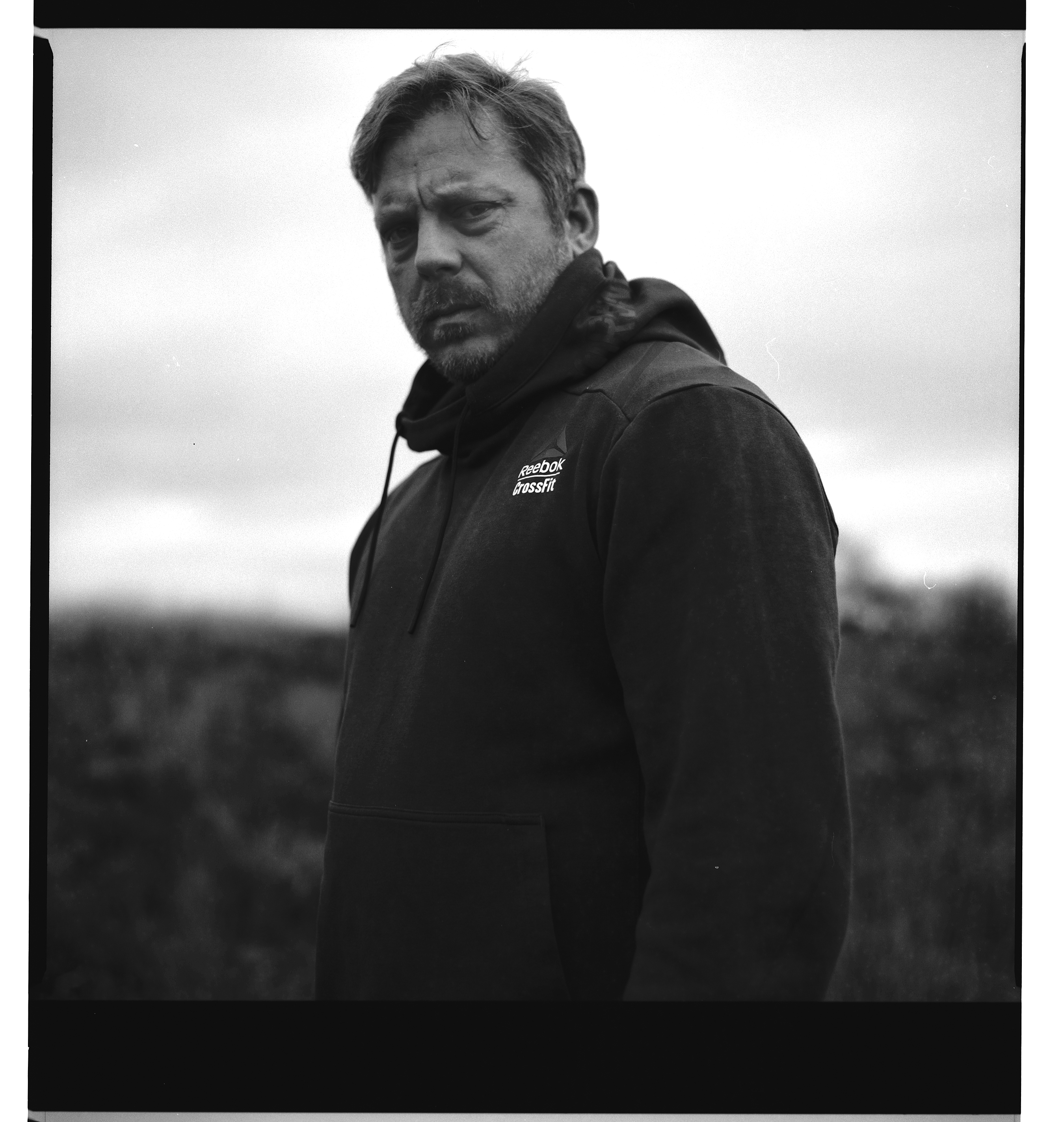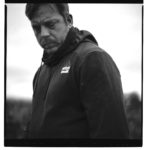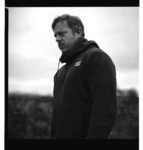In my last blog post I talked about how I felt inspired by some Rembrandt etchings I saw in Rome, so much so, I decided to dust off my old Bronica medium format camera.
The etchings reminded me of the traditional photographic processes I learnt back in my university days and the importance of understanding your craft. I also loved the compositions of the portraits and the square format in which they were produced.

My Bronica produces 6×6 negatives and lends itself perfectly to this Rembrandt etching style. I love this camera! I can remember buying it after I graduated from my BA in 2004 from my favourite camera shop, Mifsuds, in Brixham, Devon. I had always used Mamiya at Uni, but these were more expensive so I bought the Bronica instead. I love the clunk of the shutter and the sound of the film winding on, it’s so satisfying. The view finder takes a little bit of getting used to because it’s a reflected image and is opposite to what you’re actually seeing.
Ever since Rome and seeing the Rembrandt etchings, I’ve been desperate to shoot on film. I rummaged through all my old camera kit and found a couple of rolls of Ilford Pan50 that was seven years over its sell by date. It was a long shot, but the film was still in a sealed box and in its foil wrapper so I thought I’d give it a go anyway.
My husband and I took our Whippet, Murph, up onto Woodbury Common on a rather overcast Sunday. I knew I wanted a fairly plain background so the grey sky was pretty good for this. I just shot the one film using Jon as a model, as I really had no idea whether it would actually come out or not. The camera doesn’t have an in-built light meter, so I had to remind myself how to use my hand held meter and take the readings manually. I used to do this without too much thought, both outdoors and in the studio – I could tell I was a little out of practice!
After a bit of online searching I found Peak Imaging, who still offer a full range of film processing services. I was super impressed with how quickly my negatives were developed and sent back to me. I posted them on a Wednesday afternoon and got them back Saturday morning, which meant I could crack on with getting them scanned in. Unfortunately I don’t have access to a darkroom anymore, so from this point on, I had to revert to digital methods.
I forgot just how much dust sticks to negatives and the never ending battle in trying to keep them clean, but it made a nice change to have a more tactile, hands on approach to picture editing, rather than just waiting for images to download from a SD card!
The results were a little under-exposed so I want to do a few more test rolls to perfect the art of light meter reading and compensation. The main issue with shooting with medium format cameras is that there is quite a lot of distance between the front of the lens and where the film sits, so you have to allow for this in the exposure.
I’m feeling confident that once I reacquaint myself with this camera, I will soon pick up from where I left off many years ago. I’m really enjoying going back and practicing these traditional processes, which I will no doubt be able to reapply to my digital work. It has definitely triggered a new found appreciation for tradition. I sometimes get too caught up in trying to find something new and forget to look back and take inspiration from what has been before.
I took a trip to my local library and picked out books on Henri Cartier-Bresson and Edward Weston, two of the great masters – watch this space!



